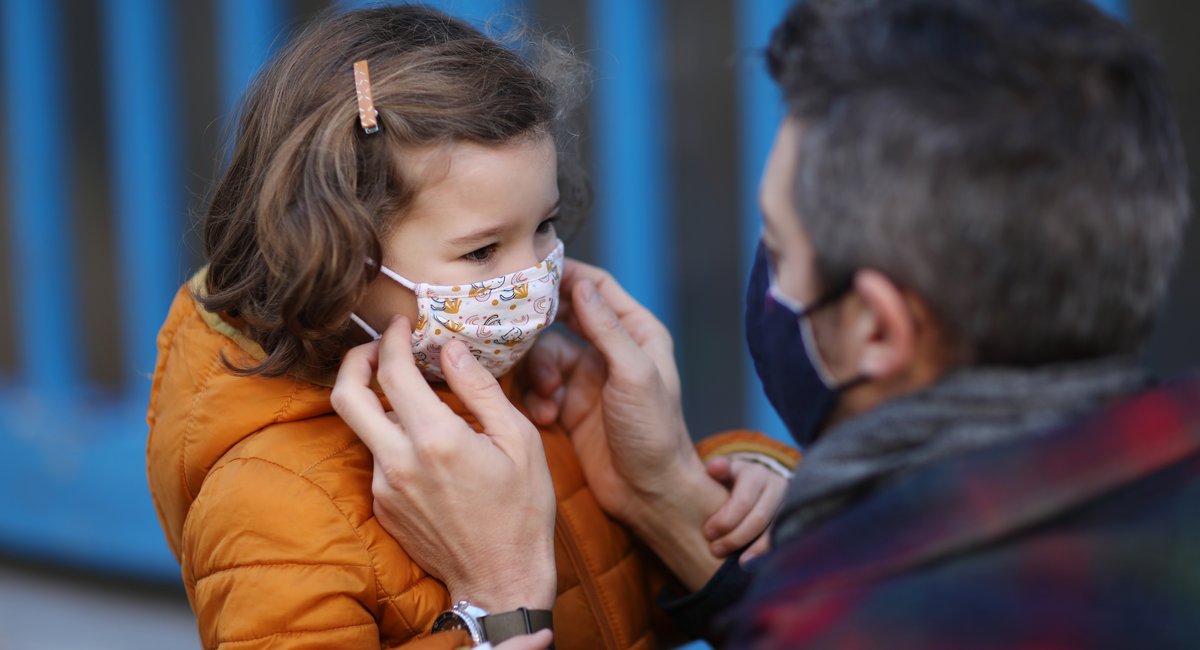New York is struggling with a surge in COVID cases, which could put a damper on people’s summer plans.
Cases have been rising nationally and locally for about two months, driven by so-called “FLiRT” variants – versions of the virus that have evolved to evade immunity.
Mandatory COVID mitigation measures have largely been lifted, and the U.S. Centers for Disease Control and Prevention has relaxed its recommendations for how long people should isolate themselves after getting sick. But there are still precautions people can take to avoid getting COVID or spreading it to others.
Here’s what you need to know about the latest COVID wave.
How big is the current COVID wave?
New York City data shows an average of 687 COVID cases were reported per day in the week ending June 22, 250% higher than the number reported two months earlier. That same week, there were an average of 53 COVID-related hospitalizations per day — mostly among the elderly — and one death, according to city data.
A drop in testing means COVID case counts don’t necessarily tell the full picture, public health experts say. Based on state wastewater testing data, New York City appears to be experiencing a COVID surge similar to the one seen last summer. However, current levels of the virus are far lower than what was detected during a surge last winter.
Infectious disease experts say COVID is beginning to follow a predictable pattern, peaking in the fall as temperatures begin to drop and people stay indoors, and a smaller peak in the summer.
In the summer, “there are family gatherings, there are weddings,” noted Dr. Jessica Justman, an epidemiologist and professor at the Columbia Mailman School of Public Health. And while people are more likely to be outdoors, where the virus is less likely to spread, “we also spend time indoors when we have a heat wave like we had last week.”
What do we know about the FLiRT variants?
Many people have developed some immunity to the virus, either through vaccination or previous infection. While “FLiRT” variants can evade that immunity, some immunity still makes symptoms milder, said Andrew Pekosz, a professor at the Johns Hopkins Bloomberg School of Public Health who studies respiratory viruses.
“Overall, the severity of the disease is decreasing,” he added.
Dr. Aaron Glatt, chief medical officer and chief of infectious diseases at Mount Sinai South Nassau, agreed that the current circulating COVID strains do not appear to cause severe illness in most cases.
“It’s the typical COVID symptoms,” Glatt said of patients he’s seen. “They’re coughing. They may have some upper respiratory symptoms like a cold and a runny nose.”
Glatt said he has seen more severe cases where people experience shortness of breath, and he still worries about older patients and those who are otherwise at high risk for severe illness. But he said it is now rare for COVID patients to need to be placed in intensive care units.
What should I do if I get sick?
Until recently, the CDC recommended that people who tested positive for COVID self-isolate for several days. But in March, in response to declining cases and overall severity of the disease, it revised that guidance to instead focus on a particular individual’s symptoms.
The latest guidance, which applies to several respiratory illnesses, says sick people should stay away from others until their symptoms have improved for at least 24 hours and they have had no fever for at least 24 hours.
The CDC recommends practicing good hygiene measures, wearing a face mask, and not being too close to other people for five days after isolating.
The CDC notes that a COVID test can provide a “rough approximation” of whether someone is still contagious, but advises that people should follow the same guidelines regardless of whether they are sick with COVID or another respiratory illness.
Glatt said people recovering from illness should use common sense, such as not visiting elderly relatives or people at high risk for severe COVID-19.
“If you start to feel better, I would definitely let the people around you know, ‘I recently had COVID,’” he added.
Where can I get tested for COVID?
New York City’s once-ubiquitous dedicated COVID testing sites are largely gone. But testing is still available at NYC Health and Hospitals locations, urgent care centers, and other medical providers.
Many New Yorkers are now more accustomed to using at-home test kits, but they are also having to go to pharmacies more often to pay for them out of pocket. Insurers cover at-home test kits, but are no longer required to do so since the federal COVID public health emergency expired in spring 2023. The federal program for distributing free COVID tests has also ended.
The city previously distributed free kits, but that program was halted in March after about 150 million free rapid tests were distributed, said Patrick Gallahue, spokesman for the city’s health department.
Those who test at home should remember that it can take a few days after exposure to test positive. It is possible to report home test results online here.
When should I get my next COVID vaccination?
While the CDC says adults 65 and older can get an updated COVID vaccine every four months, Glatt says once a year is likely enough for most people.
According to Pekosz, the vaccines currently available are not well-suited for the COVID strains circulating. People who want to get vaccinated will likely have to wait until the new vaccines are available in a few months.
“The COVID vaccine next fall will be a better fit, although it probably won’t be perfect,” as the virus continues to evolve, he said.
